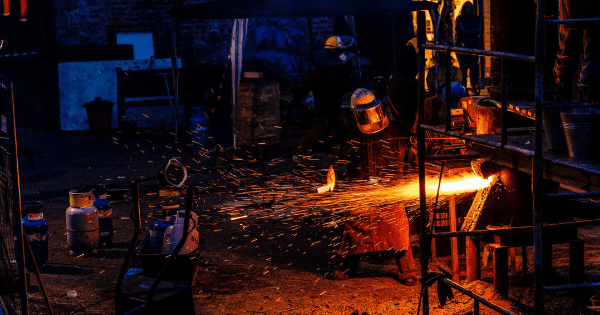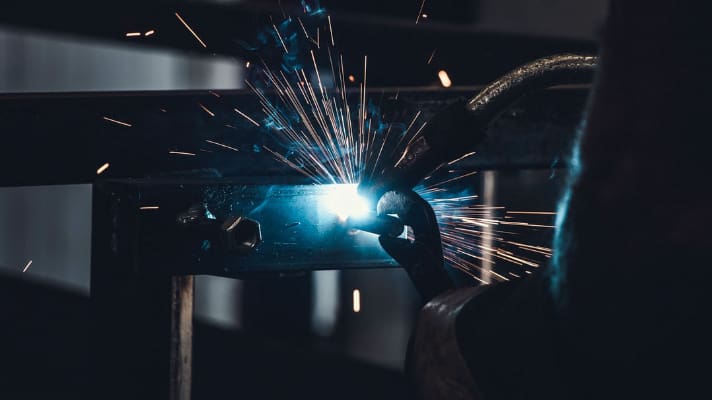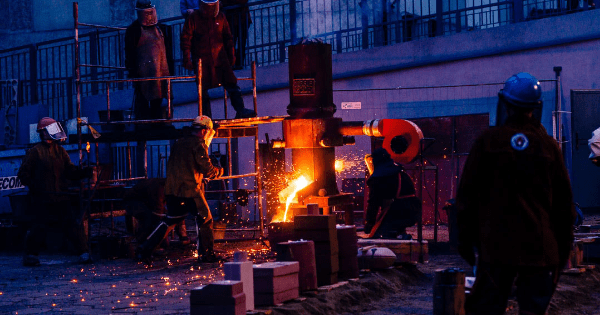The Four Most Common Types of Steel Melting Furnaces
The demand for steel alloys is on the rise. The world steel organization estimates 1.81 billion tons of steel were produced in 2018, making it one the most common human-made resources. 16% of the alloy manufactures mechanical equipment while 13% is used in the automotive industry.
The heart of every foundry business is a melting furnace bubbling with hot fluid metal. It is crucial that you know the type and functionality of the furnace used in casting your steel. The furnaces apply various technologies that mold the metal alloy and additives into specific grades of steel. Here are four of the most common furnaces in use in most foundries.
Induction Furnaces
Induction forging furnaces continue to dominate the foundry industry, as more and more steel producers adopt the induction technology. The operation of the induction forge utilizes alternating electric currents to melt the steel at the desired temperature. Steel melts at 1370 degrees Celsius, which is approximately 2500 degrees Fahrenheit. The induction heating coil surrounds a crucible containing the metal alloy plus additives, heating the metal when charged.
Pros:
- The steel melting furnace is easy to operate, with high-quality products produced.
- The steel casts have a better metallurgical function, with lower oxidation losses.
Cons:
- Lack of refining capacity, requiring strict observance of the purity of raw materials used.
Crucible Furnace
Crucible forging furnaces use refractory materials such as ceramic to make the mold. The materials can withstand high temperatures required to melt different metal products. The crucibles vary in size, from a cup-sized furnace to large kiln furnaces. The metal alloy and additives are put inside the crucible, placed above a heat source.
Pros:
- It’s possible to melt small quantities of metal.
- You can quickly change the contents within the crucible.
Cons:
- These furnaces are no longer economical due to high energy consumption.
Cupola Furnace
Cupola steel melting furnace has been used in foundries for centuries. The central dome is made from sedimentary rocks, lined with clay and bricks, to protect the interior walls from the enormous heat and abrasion. Steel alloys, coke, and limestone fill the characteristic high and cylindrically shaped dome before the melting process begins.
Pros:
- Produce large quantities of steel, with the furnace running for years at a time.
Cons:
- Very few foundries still use the chimney-like furnaces, with the forges replaced with the more efficient induction technology.
Electric Arc Furnace
The electric furnace uses electrodes dipped in the metal to generate the heat required to melt it. The steel melting furnaces use carbon electrodes placed in the tank to charge the material directly until it melts. The furnaces are prevalent among factories that carry out steel recycling. The foundries vary in size and design and can heat up to 400 tons of metal.
Pros:
- The electric arc furnace can achieve 100% scrap metal recycling.
- The process is flexible, allowing smelters to start and stop the process when needed.
Cons:
- Electric furnaces consume large amounts of power, causing strain on the electrical grids.
Steel continues to play a critical role in the mechanization of the world, with its demand surging greatly over the last decade. Finding the right steel melting furnace may help you streamline your casting processes. If you are looking for steel forging furnaces for your business, AMELT is the right partner for you. For more information, visit our website today.
Looking for a high-quality and efficient metal melting furnace for your industrial needs? Look no further than our extensive selection of metal melting furnaces for sale. Whether you require a furnace for melting copper, aluminum, steel, or other metals, we have the perfect solution to meet your specific requirements. Our metal melting furnaces are designed with advanced technology to ensure precise temperature control and efficient melting processes. With options ranging from induction furnaces to crucible furnaces, we offer a diverse range of metal melting furnaces for sale to suit various applications. These furnaces are built to withstand high temperatures and provide reliable performance, making them ideal for foundries, fabrication shops, and manufacturing facilities. Don’t compromise on the quality of your melting processes. Explore our range of metal melting furnaces for sale today and find the perfect furnace to enhance your operations and deliver superior results.




